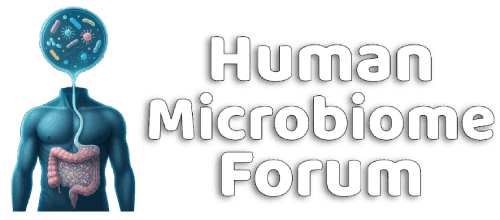Michael Harrop
Well-known member
https://www.ncbi.nlm.nih.gov/pmc/articles/PMC8328933/
This is relevant as a comparison to the amount of funding needed (a few million) to run a clinical trial for a likely cure for ADHD and numerous other chronic conditions.
Summary of Findings
This is relevant as a comparison to the amount of funding needed (a few million) to run a clinical trial for a likely cure for ADHD and numerous other chronic conditions.
Summary of Findings
Findings | Items |
|---|---|
The syndrome we now call ADHD has been described in the medical literature since 1775. | 1 – 13 |
When made by a licensed clinician, the diagnosis of ADHD is well-defined and valid at all ages, even in the presence of other psychiatric disorders, which is common. | 14–19 |
ADHD is more common in males and occurs in 5.9% of youth and 2.5% of adults. It has been found in studies from Europe, Scandinavia, Australia, Asia, the Middle East, South America, and North America. | 20–25 |
ADHD is rarely caused by a single genetic or environmental risk factor but most cases of ADHD are caused by the combined effects of many genetic and environmental risks each having a very small effect. | 26–62 |
People with ADHD often show impaired performance on psychological tests of brain functioning, but these tests cannot be used to diagnose ADHD. | 63–70 |
Neuroimaging studies find small differences in the structure and functioning of the brain between people with and without ADHD. These differences cannot be used to diagnose ADHD. | 71–77 |
People with ADHD are at increased risk for obesity, asthma, allergies, diabetes mellitus, hypertension, sleep problems, psoriasis, epilepsy, sexually transmitted infections, abnormalities of the eye, immune disorders, and metabolic disorders. | 78–100 |
People with ADHD are at increased risk for low quality of life, substance use disorders, accidental injuries, educational underachievement, unemployment, gambling, teenage pregnancy, difficulties socializing, delinquency, suicide, and premature death. | 101–136 |
Studies of economic burden show that ADHD costs society hundreds of billions of dollars each year, worldwide. | 137–147 |
Regulatory agencies around the world have determined that several medications are safe and effective for reducing the symptoms of ADHD as shown by randomized controlled clinical trials. | 148–157 |
Treatment with ADHD medications reduces accidental injuries, traumatic brain injury, substance abuse, cigarette smoking, educational underachievement, bone fractures, sexually transmitted infections, depression, suicide, criminal activity and teenage pregnancy. | 158–177 |
The adverse effects of medications for ADHD are typically mild and can be addressed by changing the dose or the medication. | 178–188 |
The stimulant medications for ADHD are more effective than non-stimulant medications but are also more likely to be diverted, misused, and abused. | 189–194 |
Non-medication treatments for ADHD are less effective than medication treatments for ADHD symptoms, but are frequently useful to help problems that remain after medication has been optimized. | 195–208 |
Abstract
Background:
Misconceptions about ADHD stigmatize affected people, reduce credibility of providers, and prevent/delay treatment. To challenge misconceptions, we curated findings with strong evidence base.
Methods:
We reviewed studies with more than 2,000 participants or meta-analyses from five or more studies or 2,000 or more participants. We excluded meta-analyses that did not assess publication bias, except for meta-analyses of prevalence. For network meta-analyses we required comparison adjusted funnel plots. We excluded treatment studies with waiting-list or treatment as usual controls. From this literature, we extracted evidence-based assertions about the disorder.
Results:
We generated 208 empirically supported statements about ADHD. The status of the included statements as empirically supported is approved by 80 authors from 27 countries and 6 continents. The contents of the manuscript are endorsed by 403 people who have read this document and agree with its contents.
Conclusions:
Many findings in ADHD are supported by meta-analysis. These allow for firm statements about the nature, course, outcome causes, and treatments for disorders that are useful for reducing misconceptions and stigma.
- Format correct?
- Yes
